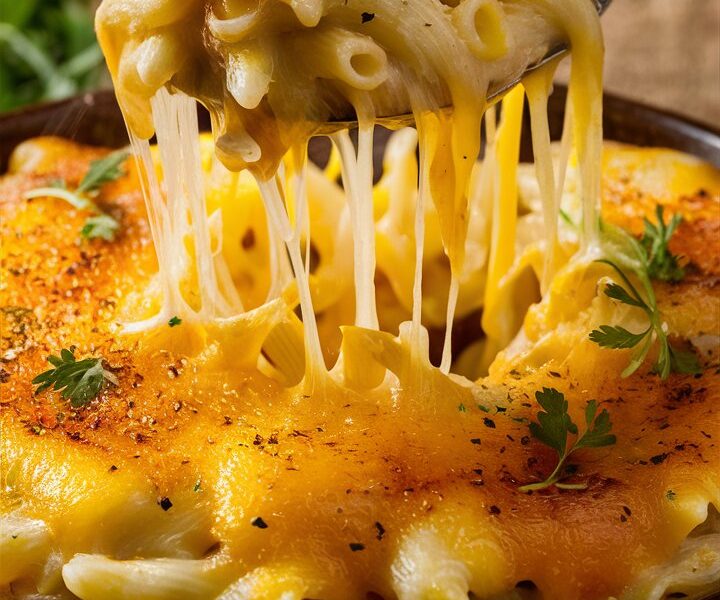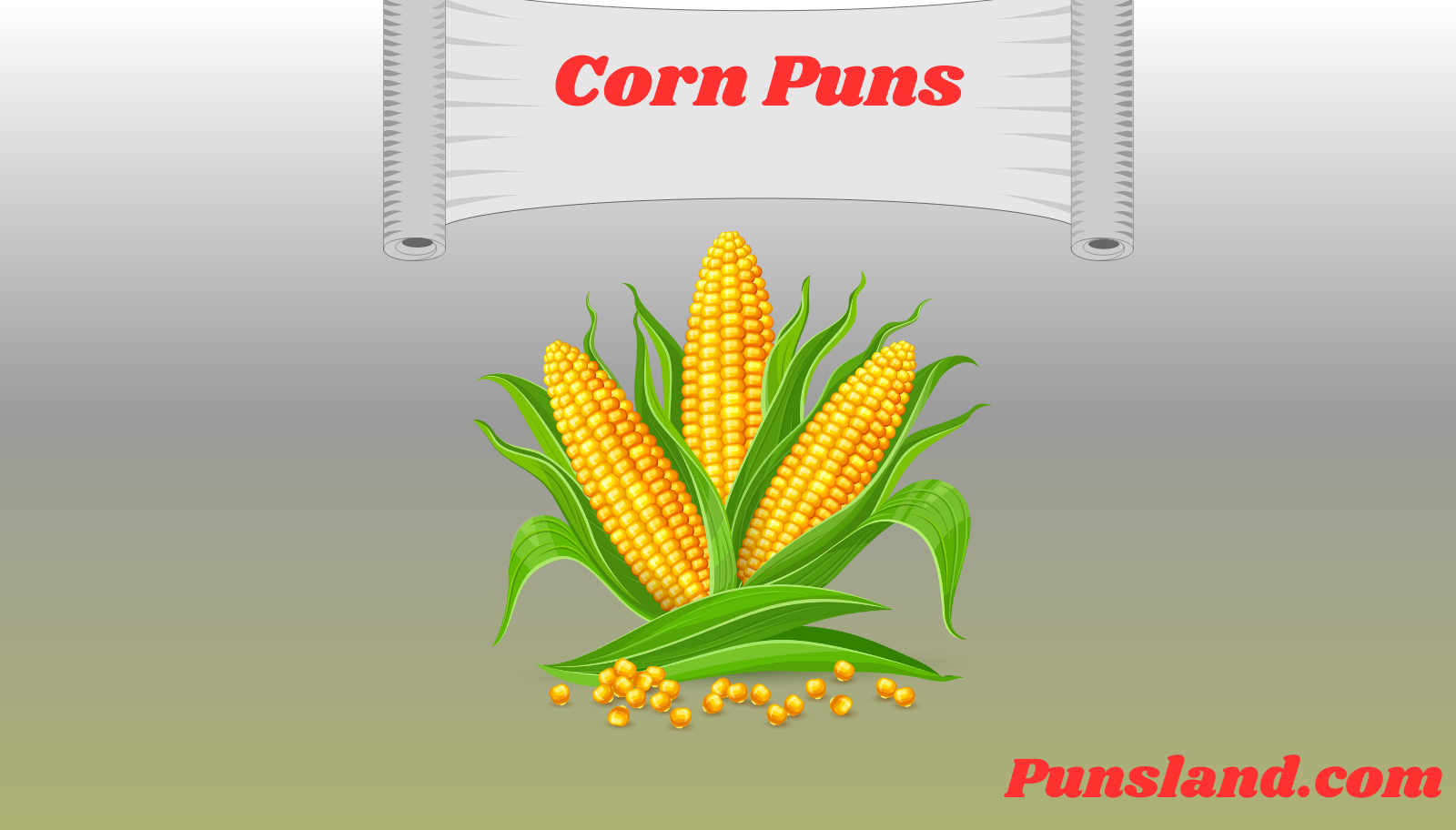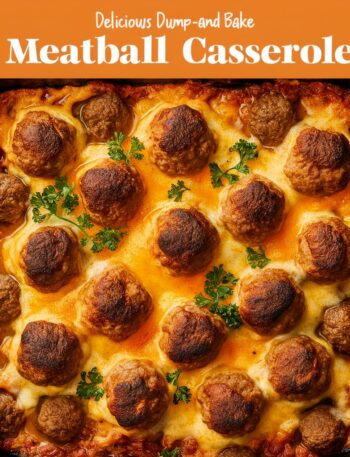Introduction: Why Mac and Cheese is the Ultimate Comfort Food
Few dishes bring people together quite like a warm, cheesy bowl of mac and cheese. Known as one of the most iconic comfort foods in America—and loved worldwide—macaroni and cheese strikes the perfect balance between simplicity and indulgence. The creamy sauce, tender pasta, and golden crust (if baked) make it a dish that appeals to all ages.
Unlike the boxed versions that rely on powdered mixes and preservatives, homemade mac and cheese allows you to control every detail: the type of pasta, the cheese blend, and even the texture. Whether you prefer it creamy on the stovetop or baked with a crispy topping, this good ole fashion recipe delivers both ease and flavor.
In this guide, we’ll explore:
- The history of mac and cheese and how it became a household staple.
- An ingredients breakdown with substitutions and variations.
- Step-by-step cooking instructions for stovetop and baked versions.
- Expert tips for avoiding common problems (like grainy cheese sauce).
- Delicious variations and add-ins for customizing your dish.
- Serving suggestions with side dishes and drinks.
- Storing and reheating instructions to keep leftovers creamy.
- A detailed FAQ section answering the most common mac and cheese questions.
By the end, you’ll not only have a foolproof recipe, but also the knowledge to make mac and cheese that rivals the best restaurants—every single time.
The History of Mac and Cheese

The story of macaroni and cheese dates back hundreds of years. Though pasta and cheese have been enjoyed in Europe for centuries, the combination as we know it today has a fascinating journey:
- 14th Century Europe – Recipes resembling baked pasta with cheese first appeared in medieval cookbooks. Italians layered pasta sheets with grated cheese, creating an early version of lasagna-style dishes.
- 1700s America – Thomas Jefferson, while visiting France, fell in love with macaroni and brought the concept back to the U.S. He even imported a pasta machine to replicate the dish at Monticello.
- 19th Century – The dish became popular in American households, especially in the South, where baked mac and cheese became a Sunday dinner tradition.
- 20th Century Convenience Foods – In 1937, Kraft introduced its iconic boxed mac and cheese, making the dish affordable and easy during the Great Depression. It became a staple for busy families and soldiers during wartime.
- Modern Times – Today, mac and cheese exists in countless forms, from the classic baked casserole to gourmet versions featuring lobster, truffle oil, or artisanal cheeses.
This evolution shows why mac and cheese has stayed relevant: it adapts to the times while always providing comfort.
Ingredients Breakdown: What Makes the Best Mac and Cheese
The key to making great mac and cheese lies in choosing the right ingredients. Every component plays a role in creating that creamy, flavorful experience.
Essential Ingredients
- Elbow Macaroni (2 cups dry) – The classic pasta for mac and cheese. Its curved shape holds sauce perfectly. Alternatives: cavatappi, shells, penne.
- Butter (4 tablespoons) – Forms the base of the roux for the cheese sauce, adding richness.
- All-Purpose Flour (4 tablespoons) – Combines with butter to make a roux, which thickens the sauce.
- Whole Milk (3 cups) + Heavy Cream (1 cup) – Creates a creamy, luxurious texture. Substitutions: half-and-half, evaporated milk, or non-dairy options.
- Sharp Cheddar Cheese (3 cups, shredded) – The backbone of flavor. Tangy, bold, and melts beautifully.
- Mozzarella Cheese (1 cup, shredded) – Adds creaminess and stretchiness.
- Seasonings – Garlic powder, onion powder, salt, black pepper. Optional: smoked paprika or cayenne for heat.
- Optional Topping – Parmesan cheese and panko breadcrumbs for a golden, crispy crust.
Ingredient Variations
- Healthier Version – Swap heavy cream for Greek yogurt or cream cheese for richness with fewer calories.
- Gluten-Free – Use gluten-free pasta and cornstarch or rice flour instead of all-purpose flour.
- Dairy-Free – Substitute oat milk, almond milk, or soy milk with vegan butter and plant-based cheeses.
- Gourmet Twist – Try gruyere, smoked gouda, or brie for a refined flavor. Add lobster or truffle oil for a restaurant-style upgrade.
- Spicy Kick – Incorporate jalapeños, chipotle peppers, or hot sauce for heat.
With these ingredients, you can create a mac and cheese tailored to your exact taste.
Step-by-Step Cooking Instructions
Making mac and cheese from scratch may seem intimidating, but with a clear process, it’s simple. Here’s a foolproof guide:
Step 1: Boil the Pasta
- Bring a large pot of salted water to a rolling boil.
- Add the elbow macaroni and cook until al dente (firm but tender). Overcooking will make the pasta mushy when baked.
- Drain but do not rinse (the starch helps the sauce cling to the pasta).
Step 2: Make the Roux
- In a large pot, melt butter over medium heat.
- Whisk in flour to form a paste. Cook 1–2 minutes to remove the raw flour taste.
- Slowly whisk in warm milk and cream until smooth.
- Simmer gently until the mixture thickens.
Step 3: Add Cheese & Seasonings
- Reduce heat to low.
- Add shredded cheeses in small handfuls, stirring until melted before adding more.
- Season with garlic powder, onion powder, salt, pepper, and optional paprika.
- Stir until the sauce is creamy.
Step 4: Combine with Pasta
- Fold the cooked macaroni into the cheese sauce.
- For stovetop mac and cheese, serve immediately.
Step 5: Bake for a Golden Top (Optional)
- Transfer mac and cheese to a greased baking dish.
- Sprinkle with Parmesan and panko breadcrumbs.
- Bake at 375°F (190°C) for 20 minutes, until golden and bubbly.
Expert Tips for the Best Mac and Cheese

- Use Freshly Grated Cheese – Pre-shredded cheese has anti-caking agents that prevent smooth melting.
- Melt Cheese Gently – High heat can cause cheese to separate and turn grainy. Always melt over low heat.
- Balance Cheeses – Combine a flavorful cheese (cheddar) with a melty cheese (mozzarella or Monterey Jack).
- Adjust Sauce Thickness – Add extra milk for thinner sauce, or simmer longer for a thicker consistency.
- Reheat Properly – Add a splash of milk when reheating to keep it creamy.
Variations and Add-Ins
Mac and cheese is incredibly versatile. Try these creative twists:
- Proteins: bacon, grilled chicken, ham, ground beef, or seafood (lobster/crab).
- Vegetables: broccoli, spinach, mushrooms, caramelized onions, roasted peppers.
- Spicy Versions: jalapeños, cayenne, hot sauce, smoked paprika.
- Gourmet Additions: truffle oil, pancetta, sun-dried tomatoes, brie, gruyere.
Serving Suggestions
- As a Side Dish: Pair with BBQ ribs, pulled pork, or fried chicken.
- With Vegetables: Serve alongside roasted Brussels sprouts, asparagus, or a fresh green salad.
- Breads: Garlic bread or cornbread complements mac and cheese beautifully.
- Beverages: Light beer, Chardonnay, iced tea, lemonade, or even classic cold milk.
- Presentation: Serve in a cast-iron skillet for a rustic look, or in ramekins for elegant portions.
Storing and Reheating
- Refrigeration: Store cooled mac and cheese in an airtight container for up to 4 days.
- Freezing: Freeze in portions for up to 3 months. Best for baked versions.
- Reheating:
- Stovetop: Add milk and heat gently.
- Oven: Cover with foil, add milk, bake at 350°F for 20 minutes.
- Microwave: Reheat in intervals with a splash of milk.
Nutritional Information (Per Serving, Approx.)
- Calories: 420
- Protein: 16g
- Fat: 22g
- Carbohydrates: 38g
- Fiber: 2g
- Calcium: 35% DV
Note: Values vary based on cheese and milk choices.
Frequently Asked Questions (FAQs)

1. Can I make mac and cheese ahead of time?
Yes. Assemble and refrigerate unbaked mac and cheese for up to 2 days. Bake when ready to serve.
2. How do I stop cheese sauce from getting grainy?
Melt cheese on low heat, add gradually, and use fresh cheese instead of pre-shredded.
3. What’s the best cheese combination?
Sharp cheddar + mozzarella is classic. Add gruyere for richness or smoked gouda for depth.
4. Can I freeze mac and cheese?
Yes, baked mac and cheese freezes best. Wrap tightly and freeze for up to 3 months.
5. How do I reheat mac and cheese without drying it out?
Add a splash of milk and heat gently on the stovetop or in the oven.
6. Can I make gluten-free mac and cheese?
Absolutely. Use gluten-free pasta and cornstarch in place of flour for the roux.
7. Can I use evaporated milk?
Yes, it creates a creamy sauce and is a good alternative to heavy cream.
8. What pasta holds cheese sauce best?
Elbow macaroni, cavatappi, and shells are excellent options.
9. How do I make mac and cheese more filling?
Add proteins like chicken, bacon, or ground beef.
10. Is baked or stovetop mac and cheese better?
Stovetop is creamier, baked has a crunchy top—it depends on preference.
Conclusion
Good ole fashion mac and cheese isn’t just a recipe—it’s a piece of culinary tradition that continues to comfort generations. With the right ingredients, proper technique, and a few expert tips, you can create mac and cheese that is creamy, flavorful, and far superior to boxed versions.
Whether you keep it classic or experiment with gourmet twists, this timeless dish proves why mac and cheese will always have a place at the dinner table.





